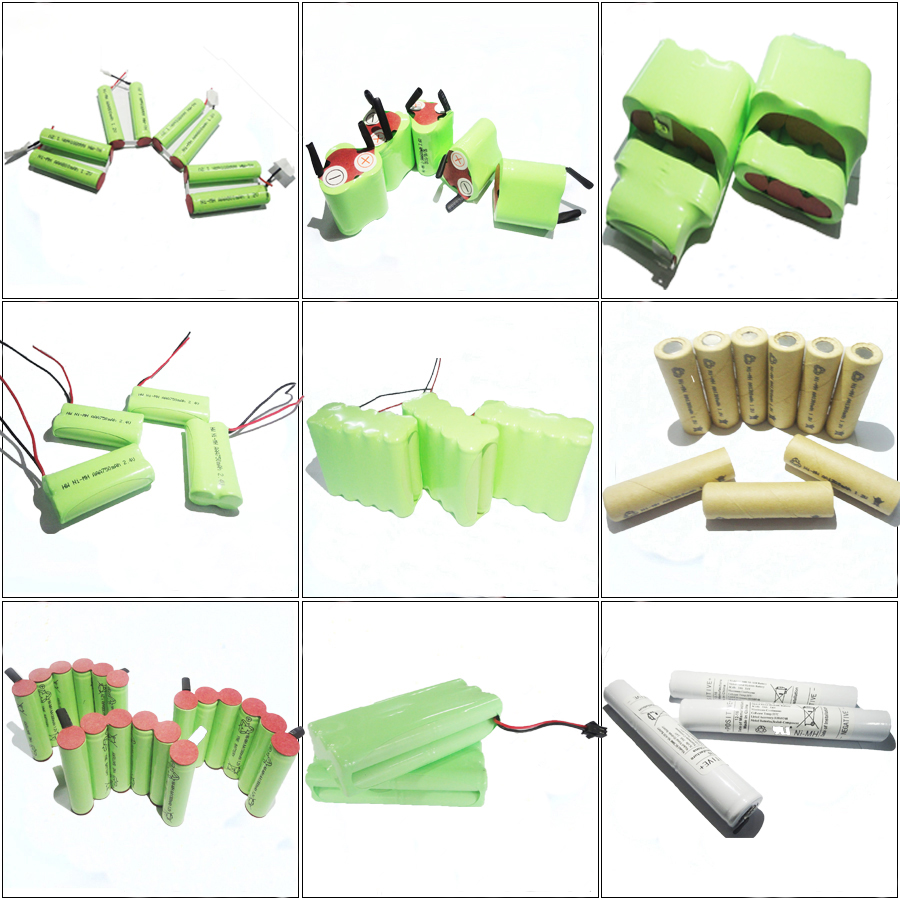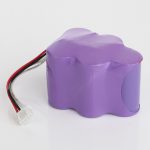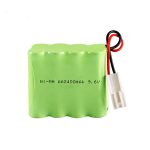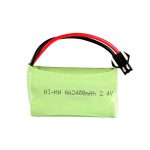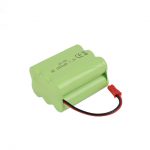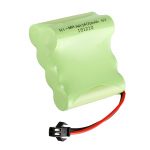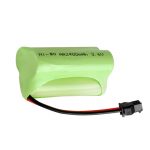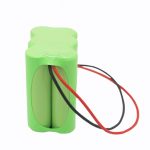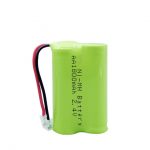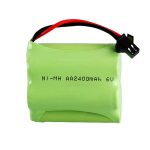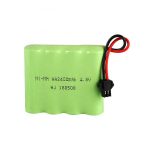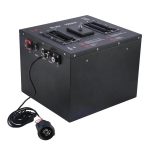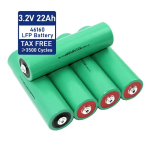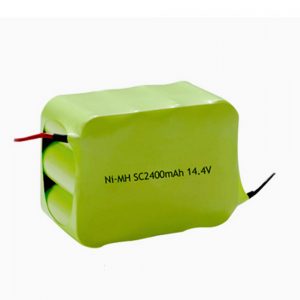
SC 14.4v 2400mah rechargeable nimh battery
| Product Name | AA 2500mah 1.2V NI-MH rechargeable power battery |
| Size | AA |
| Capacity | 2500mAh |
| Voltage | 1.2V |
| Chemical System | Nickel–metal hydride battery |
| Cycle Life | 500-1000times |
| Jacket | PVC |
| Certifications | CE ROHS SGS MSDS |
| Standard charging current | 0.1A for 16 hours |
| Standard discharging current | 0.2A |
| Charging temperature | 0 to 45 degree Celsius |
| Discharging temperature | -20 to 60 degree Celsius |
Tests should be done within one month of receiving the goods under the following conditions.
Test condition:
Temperature:20±5℃
Relative Humidity:65±20%
Atmospheric Pressure:86~106kPa
Standard charge discharge specification
Discharge: 6000mA (1C) to 12.0V
Charge: 6000mA (1C)×1hrs,1200mA (0.2C)×1hrs
Discharge: 6000mA (1C) to 12.0V
No | Test | Unit | Description | Condition | Note |
1 | Open circuit voltage | V | ≥15 | Within 1h after charging | |
2 | Internal resistance | mΩ | ≤32 | 50%SOC | |
3 | Internal Impedance | mΩ | ≤13.8 | 1kHz | |
4 | Self -discharge rate | % | <18 | 55±2℃ rest 3days, 20±2℃ rest 7days | |
5 | Energy Efficiency | % | ≥85 | 25℃ | |
6 | Volumetric Efficiency | % | >95 | 25℃ | |
7 | Cycle Life | Week | >3000 | 80%DOD | Charge to 90%, discharge to 10% |
No. | Battery parameters | Test Method | Standard |
1 | Appearance | Visually check the appearance of the battery under good light conditions. | Neatly arranged, reliable and clearly marked.Free from cracks,scars. |
2 | Vibration Resistance | Fixed the battery module to the vibration test stand, Perform a linear scan vibration test according to the following conditions: ——Direction of vibration: single vibration ups and down; ——Vibration frequency: 10Hz~55 Hz; ——Max Acceleration: 30m/s2; ——Vibration Time: 3h | No deformation and no leakage |
3 | Over discharge Test | 1. Charge according to standard charging method; 2. Discharge with 6A current (If there is an electronic protective line, the discharge electronic protection line shall be removed temporarily)discharge 90min; Observe 1h. | No explosion, no catching fire, or no leakage. |
4 | Overcharge Test | 1. Charge by standard charging method; 2. Charge 1H with 6A current; 3. Observe 1h. | No explosion or no catching fire. |
5 | Short-circuit Test | 1. Charge by standard charging method; 2. External Short-circuit the battery 10min, and the external line resistance should be less than5mΩ; 3. Observe 1h. | No explosion or no catching fire. |
6 | Heating Test | 1. Charge by standard charging method; 2. The temperature chamber is heated from room temperature to 85 + 2 DEG C at a rate of 5/min, and the heating is stopped after 2h; 3. Observe 1h. | No explosion or no catching fire. |
7 | Extrusion Test | 1. Charge by standard charging method; 2. Extrusion direction: perpendicularly pressure to the battery monomer arrangement direction 3. Extrusion plate form:The radius of the 75mm half cylinder, the length of the semi cylinder (L) is greater than the size of the extruded battery; 4. Extrusion speed: (5±1)mm/s; 5. Extrusion degree: the voltage reaches 0V or the deformation amount reaches 30%, or the extrusion pressure reaches 200KN, then stop extruding; 6. Observe 1h. | No explosion or no catching fire. |
8 | Acupuncture Test | 1. Charge by standard charging method; 2. With high temperature resistant steel than 6mm ~ 10mm in diameter (tip cone angle of 45 degrees to 60 degrees, smooth surface, needle without rust, oxide layer and oil), with 25 + 5mm/s speed, from the vertical to the battery plate direction, turn through at least 3 monomer; 3. Observe 1h. | No explosion or no catching fire. |
Contact us for more details about Price, Packing.Shipping and Discount.

